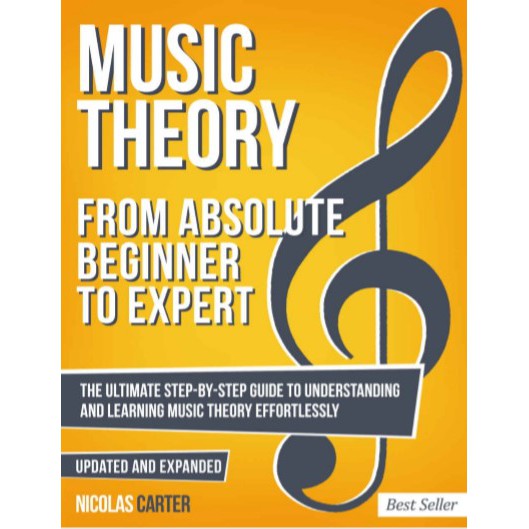MUSIC - THE 4/4 TIME SIGNATURE (MUSIC 6, Q1, W4)
THE 4/4 TIME SIGNATURE
by Pj Miana
Understanding Time Signatures in Music: 2/4, 3/4, 4/4, and 6/8
Music is not just a beautiful arrangement of notes and melodies; it also relies on precise timing to create rhythm and structure. Time signatures are musical notations that help musicians and composers establish this timing. Among the commonly used time signatures are 2/4, 3/4, 4/4, and 6/8. Let's explore the differences between these time signatures and take a closer look at the 4/4 time signature.
1) Differentiating Time Signatures
2/4 Time Signature: In a 2/4 time signature, there are two beats in each measure, and a quarter note receives one beat. This time signature often produces a quick, march-like rhythm, making it suitable for pieces that have a strong sense of duple meter. Think of a brisk walking pace, and you'll get the feel of 2/4.
3/4 Time Signature: In a 3/4 time signature, there are three beats in each measure, and a quarter note still receives one beat. This time signature is commonly associated with waltzes, giving music a graceful, triple meter. Imagine a gentle sway as you dance to a 3/4 rhythm.
4/4 Time Signature: The 4/4 time signature is perhaps the most widely used in music. It features four beats in each measure, with a quarter note receiving one beat. This time signature provides a balanced and steady rhythm, making it versatile and adaptable for various musical styles. It's often referred to as "common time" and can be counted as "one, two, three, four."
6/8 Time Signature: In a 6/8 time signature, there are six beats in each measure, and an eighth note gets one beat. This time signature gives music a compound duple meter, making it feel like two groups of three eighth notes. It's commonly used in music with a flowing and graceful feel, such as many classical pieces and some folk tunes.
2) The 4/4 Time Signature
The 4/4 time signature is fundamental in music and forms the basis for countless songs across various genres. It's often represented by a large "C" symbol, which stands for "common time." In 4/4 time, each measure contains four beats, with a quarter note receiving one beat. This time signature provides a sense of balance and stability, making it easy for musicians to follow and for listeners to tap their feet.
Most pop, rock, jazz, and classical music you hear today is in 4/4 time. It's the go-to choice for many songwriters and composers because of its versatility. Whether you're playing a lively dance tune, a heartfelt ballad, or a high-energy rock song, the 4/4 time signature can accommodate them all.
In 4/4 time, musicians count the beats as "one, two, three, four." Each measure is neatly divided into four equal parts, allowing for a strong sense of rhythm and predictability. This regularity makes it easier for musicians to create memorable melodies and harmonies within the structure of the time signature.
In conclusion, understanding time signatures like 2/4, 3/4, 4/4, and 6/8 is essential for musicians, as they dictate the rhythm and feel of a piece of music. Among these, the 4/4 time signature is the most widely used and offers a solid foundation for many musical compositions, allowing artists to explore a wide range of emotions and styles while maintaining a steady and reliable beat.
Key Notes on Different Time Signatures in Music: 2/4, 3/4, 4/4, and 6/8
1) Differentiating Time Signatures:
2/4 Time Signature:
- Two beats in each measure.
- A quarter note receives one beat.
- Often used for quick, march-like rhythms.
- Common in energetic, duple-meter music.
3/4 Time Signature:
- Three beats in each measure.
- A quarter note still receives one beat.
- Commonly associated with waltzes and graceful, triple meter.
- Evokes a gentle, swaying feeling.
4/4 Time Signature:
- The most widely used time signature in music.
- Four beats in each measure.
- A quarter note receives one beat.
- Known as "common time."
- Provides a balanced and steady rhythm suitable for various musical styles.
6/8 Time Signature:
- Six beats in each measure.
- An eighth note gets one beat.
- Creates a compound duple meter.
- Often used for flowing, graceful music.
- Found in classical pieces and folk tunes.
2) The 4/4 Time Signature:
Basics of 4/4:
- Four beats in each measure.
- A quarter note receives one beat.
- Represented by a "C" symbol (common time).
- Provides balance and stability in music.
Versatility:
- Widely used in pop, rock, jazz, and classical music.
- Suitable for various musical genres and styles.
Counting in 4/4:
- Musicians count the beats as "one, two, three, four."
- Each measure is divided into four equal parts.
- Allows for a strong sense of rhythm and predictability.
Songwriting and Composition:
- Preferred time signature for songwriters and composers.
- Accommodates lively dance tunes, heartfelt ballads, and high-energy rock songs.
- Versatile structure for creating memorable melodies and harmonies.
In summary, understanding different time signatures, such as 2/4, 3/4, 4/4, and 6/8, is crucial for musicians as they shape the rhythmic foundation of music. Among them, the 4/4 time signature stands out as the most common and versatile, offering stability and flexibility for a wide range of musical expressions and styles.
If you want to learn more about music, buy this book!
BUY THIS BOOK HERE

Comments
Post a Comment